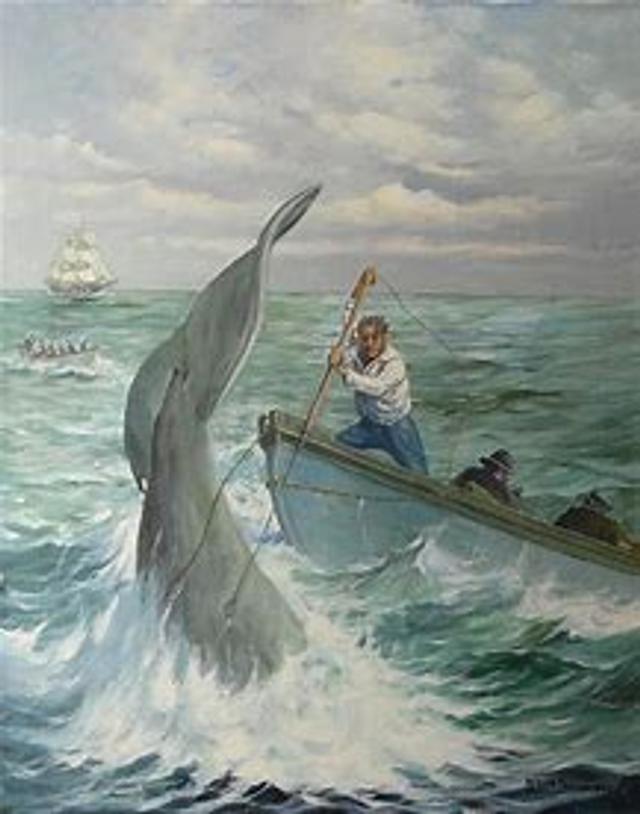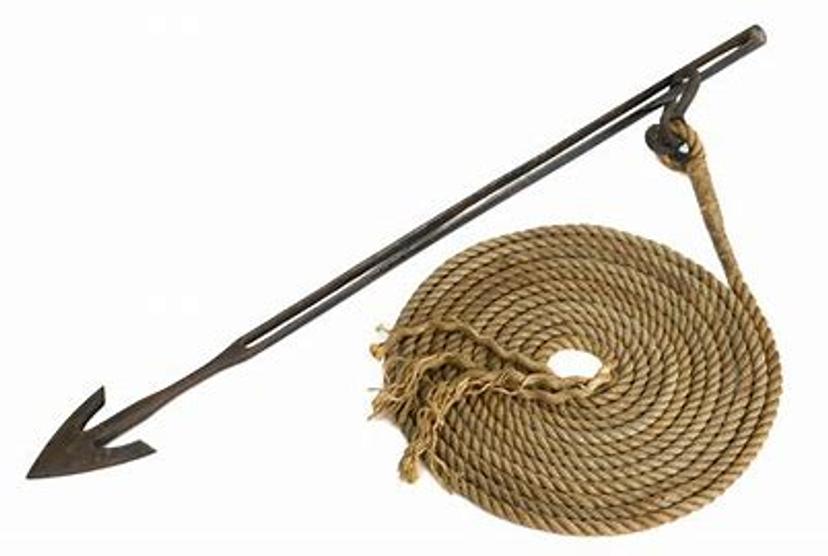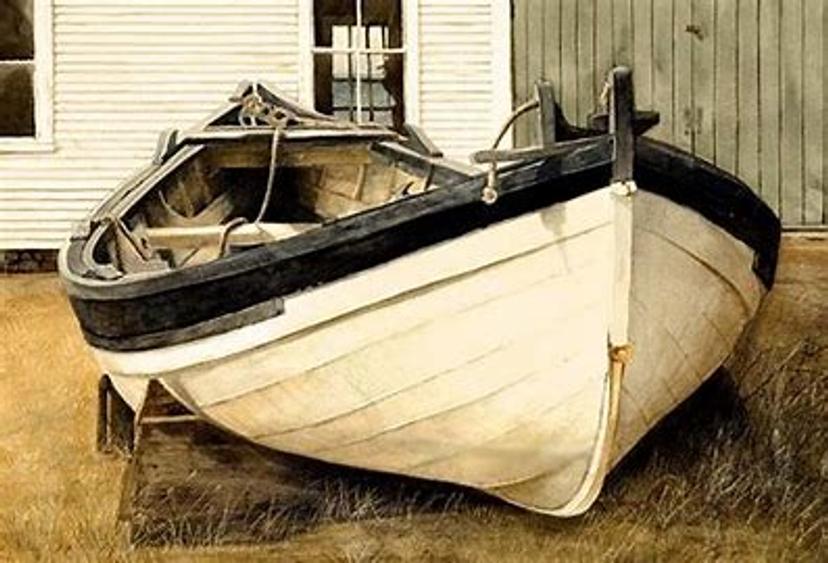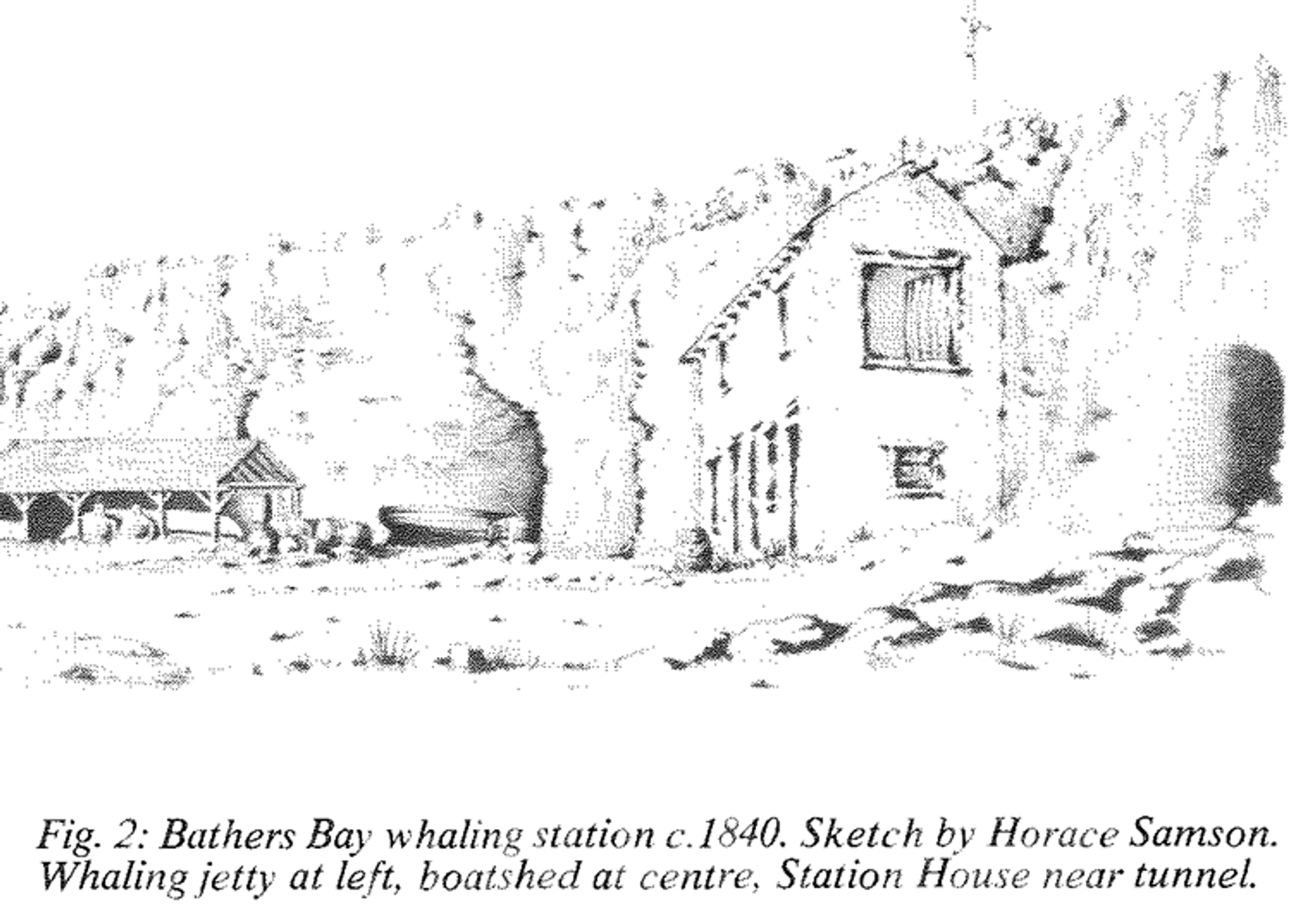John Stevens
Vessel Name: Harvest
John Stevens
Killed by a whale fluke; body not recovered
7 August 1837




In 1837 two whaling companies were established to enter West Australia into the bay whaling industry. Bay whaling was one of the cheaper fisheries to enter as it required only whaleboats which could be made locally and the onshore equipment which could be quite basic. It also required hardy and adventurous whaleboat crews because bay whaling was perilous with high injury and fatality rates.
Bay whalers in West Australia were a mix of jumpship whalers from American and French whaleships, descendants of Tasmanian whalers and intrepid local lads (sons of convicts and assisted migrants) who sought adventure and an income that could help them and their families out of poverty. They were prepared to risk loss of a limb or their lives to better their lot.
The Fremantle Whaling Company operated from Bathers Bay at Arthurs Head, and the Perth Whaling Company worked from Carnac Island. American whalers provided some experienced crew members and tryworks equipment to help start the local whaling. For a year crews of the two companies were rivals for whales that were sighted along the coastline.
Bay whaling required two key crew members. They were an accurate and hardy harpooner with the strength to land the iron barb and attach firmly into a whale, and a steersman/headman who could read the water, the weather and his crew. The crew had to obey the steersman and trust him to bring them home safely, towing their catch.
John Stevens was a harpooner for the Fremantle Whaling Company. His job was to drop oars and stand up hefting the harpoon. He held it with his left hand under the haft and his right hand extended behind him just above his shoulder ready to throw. He relied on the steersman holding the boat steady using the 27-foot sweep which was secured in place with leather.
On 7 August 1837 crews from both companies heard the cries of “Whale!” and ran to launch their whaleboats into the bay. They had to pull hard to meet the whale, which was 60 feet long and a prize both companies wanted in the early months of their first year of operations.
John let his harpoon go just in front of the harpooner from the Carnac Island boat. Both iron barbs struck the whale who instantly dived. The whaleboats had 200 fathoms of thick rope attached to their harpoons coiled in tubs under the aft thwart and guided via a notch in the bows. While John’s barb stuck fast, the rope notch in the Carnac boat gave way, spinning the boat around.
Once a whale is harpooned it dives and moves quickly through the water, towing the boat/s attached to it. The whale surfaces at intervals, which is a dangerous time for a whaleboat. This whale surfaced fast, directly underneath the Carnac boat, capsizing it and spilling the crew into the water. While the Carnac crew swam to regain their whaleboat, John’s harpoon stuck fast, and the Bathers Bay boat was chasing [towed by] the whale.
What usually happened following a whale’s fast dive was a resurfacing at speed. The whale came up right under the Carnac Island boat, spilling the crew into the water and tipping the boat upside down. The Carnac boat’s barb was left in the whale with its rope trailing in the water.
Once the harpoon found its mark and stuck fast, the harpooner on a whaleboat moved to exchange places with the steersman, who took charge of the chase and the kill which could take hours. John stood to change position just as the whale dove down.
When a whale dives its fluke [tail] tail rises above the water and the whale flicks above the surface. As the whale dove again, its fluke struck John Stevens, taking him over the side of the whaleboat and into the water. He was dead before he entered the water. The whale sped off with the attached boat in chase.
It was many hours before the Bathers Bay whaleboat returned with the whale in tow. The search for John’s body was fruitless. It was not found, and it did not wash up in the days after his death.
So little is known about John Stevens. He must have been a whaler for some time to gain his harpoon skills. Was he a jump ship? A convict? We know he had a sense of adventure and was a brave man because he was a bay whaler. Did he have a family? All we can do is acknowledge him here as a brave man who did not come home from his job in a commercial fishery.
